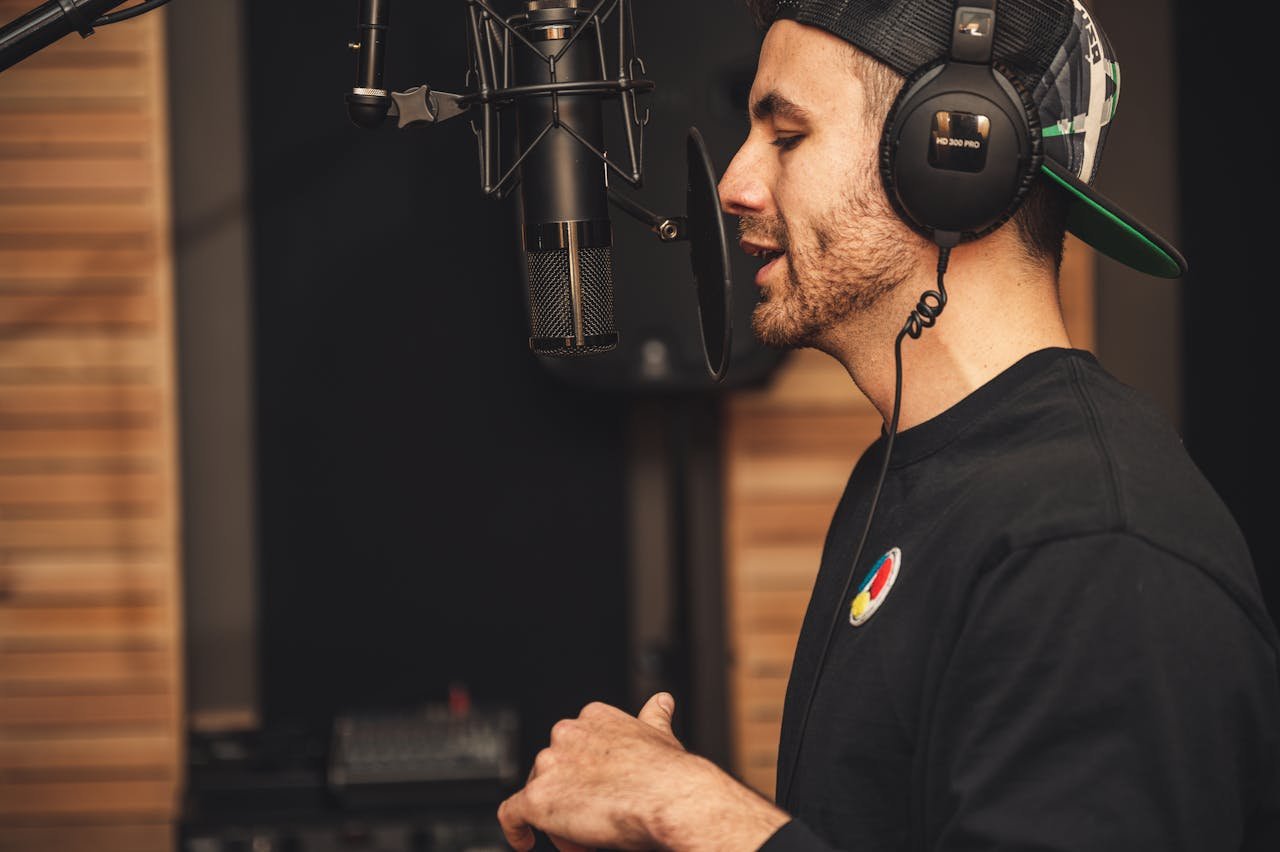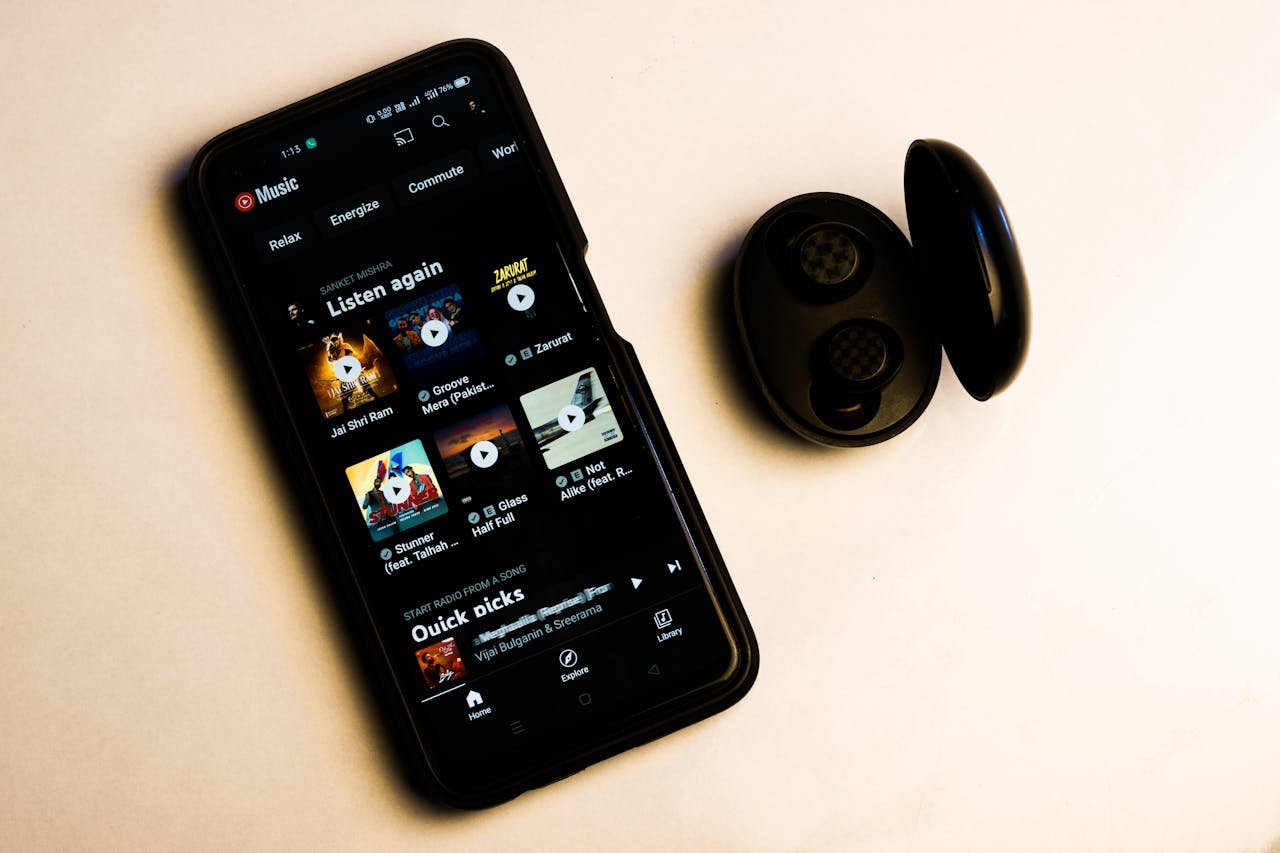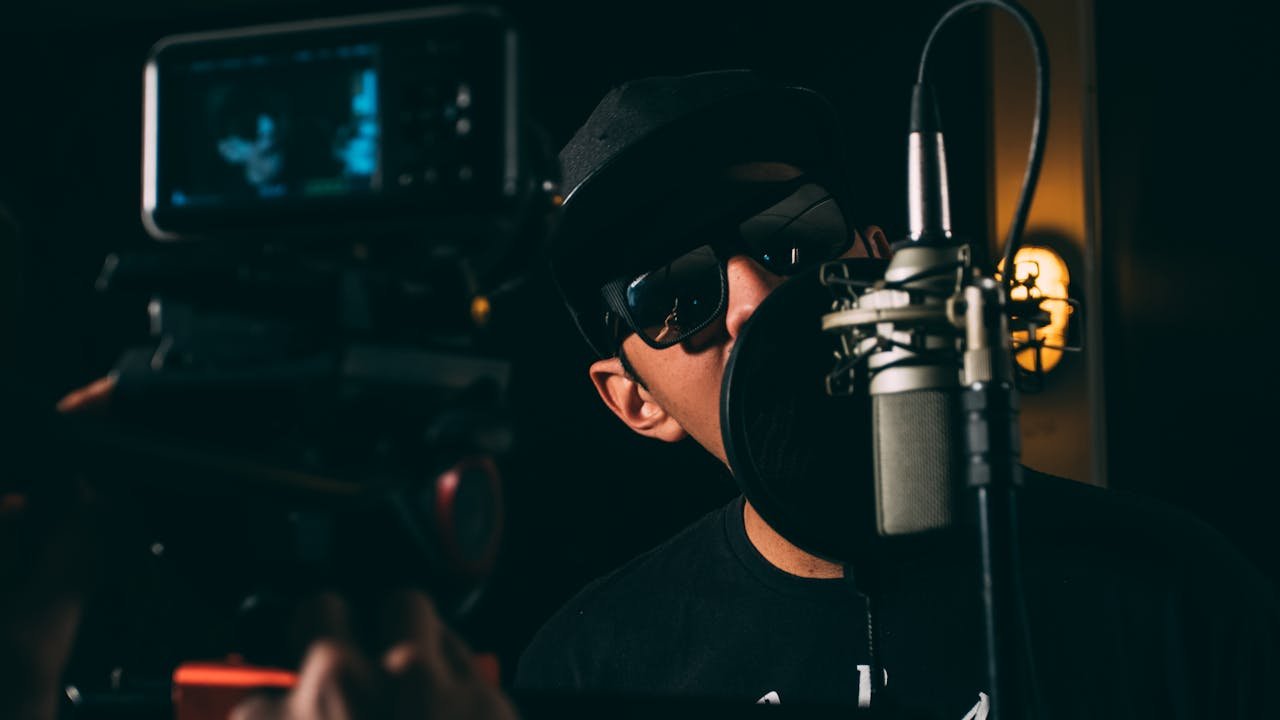
Home Recording Studio Essentials: What You Need to Get Started
Creating a home recording studio is the first step toward unleashing your creativity as a musician. Whether you’re an aspiring artist or a seasoned pro looking for a DIY setup, having a dedicated space to record music is essential. The good news? You don’t need to spend a fortune to build a functional studio. With the right tools and a bit of knowledge, you can set up a professional-quality recording environment in your own home.
Choosing the Right Space
The foundation of a good recording studio starts with selecting the right space. Look for a room with minimal external noise and hard surfaces that can cause echo. Bedrooms, closets, or basements often work well, as long as they’re quiet and can be acoustically treated. Consider the size of the space; a smaller room can create a more intimate sound, while larger spaces can accommodate additional equipment or collaborators.
Essential Equipment Checklist
Every home studio needs a few core items to get started. Begin with a computer that’s powerful enough to handle recording software. Whether it’s a laptop or a desktop, prioritize one with sufficient processing power and storage.
Next, invest in a digital audio workstation (DAW), the software where you’ll record, edit, and mix your music. Popular beginner-friendly options include GarageBand, Reaper, and Ableton Live.
A quality microphone is also a must. Condenser microphones are ideal for capturing vocals and acoustic instruments, while dynamic microphones work well for louder sources like drums or amps. Pair your microphone with an audio interface, a device that connects your mic and instruments to your computer for high-quality sound input.
Finally, don’t overlook headphones or studio monitors. Headphones are crucial for isolating sounds during recording, while monitors help you mix tracks with greater accuracy.
Acoustic Treatment Basics
Acoustic treatment transforms an ordinary room into a professional recording environment. Start by reducing reflections and echo with foam panels, bass traps, and diffusers. Rugs, curtains, and bookshelves can also help absorb sound and minimize unwanted noise. The goal is to create a space where you can hear your recordings as accurately as possible.
Budget-Friendly Tips for Beginners
You don’t need top-of-the-line gear to start. Look for budget options or second-hand equipment that still meets your needs. Focus on building a strong foundation, and upgrade gradually as you grow more experienced.
With the right setup, your home recording studio can become a creative sanctuary where your musical ideas come to life. Take the time to learn your tools, experiment with sounds, and enjoy the process of making music in your own space.







